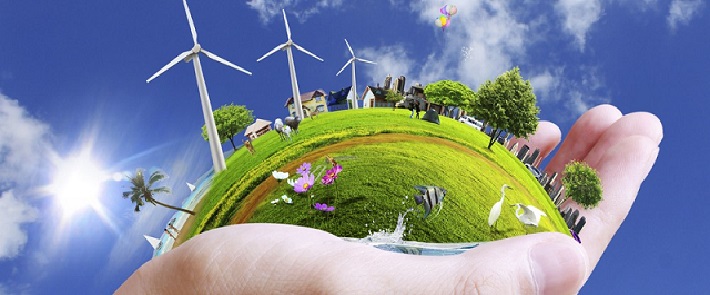“Roughly 30 students took the Geographies of Inequalities course held in spring 2020,” says Associate Professor of Geography Pia Bäcklund from the University of Helsinki, who coordinated the course.
The learning outcomes of the course were based on students’ growing interest in measures associated with sustainable development in the public sector, as well as the need to increase students’ understanding of the linkage between policy steering on different levels of region and scale, and the critical reading of sustainability indicators. As the course was for master’s students and also open to international exchange students of geography, adopting a global perspective was a natural fit.
No hiccups were caused even by the sudden transition to remote learning brought about by the coronavirus pandemic, already in the second week of the course. Students were motivated by the fact that the assignments completed during the course would result in a joint report to be published, with the findings presented in a webinar to experts of sustainability goals working in public administration.
Analytical and critical attitude needed toward sustainability rhetoric
As we know, it all depends on the perspective. When sustainability is measured in a geographically fixed region, the results may be good. However, that balance is tipped when effects on a broader scale are taken into account. This is a fairly new aspect to the sustainability discourse, but it is exactly these ripple effects, or spillover, that the students examined through five cases.
“If the sustainability development goals and the UN’s Agenda 2030 programme are to be taken seriously, it’s important to also pay attention to global links,” says Vivi Niemenmaa, deputy director of NAOF and a University of Helsinki alumna, who came up with the idea for the course. Niemenmaa is responsible for developing sustainable development approaches at NAOF and coordinates a working group focused on inspecting global environmental policy.
A well-known example is palm oil production where the product, designed as a substitute for fossil fuels, has dramatic effects on the areas where it is produced.
“Our aim was to draw inspiration from the course for our personal thinking, which is why we didn’t, in this instance, adopt risks relevant to the national economy as a starting point. Instead, we introduced to students potential themes, on the basis of which they chose the groupwork topics they found interesting. We also encouraged critical thinking and reporting on whether data pertaining to the topic was available to begin with,” Niemenmaa says.
Methods already developed for calculating water footprint globally
The scope of our indirect water consumption globally may come as a shock to many Finns. In contrast, very limited information is available, for example, on the global plastic waste trade.
However, the students were able to get to grips with the dynamics engendered in South-East Asia by the ban on plastic waste import imposed by China in 2018. As the imports to China fell, the plastic waste flow was redirected to several countries in the region. A crucial question is what capacity these countries have for processing waste. Of course, what sense there is in carting plastic waste far away should be questioned: should Europe, for instance, deal with its own waste?
Among the topics discussed on the course were themes relevant to the EU, such as the effects of the EU’s agricultural policy on African food markets. Not only is the issue associated with the spillover of European agricultural policy, but it is also a problem from the perspective of policy coherence: on the one hand, the EU is the world’s number one provider of development aid, on the other, the agricultural sector pays no heed to global links.
Another interesting example from the viewpoint of the EU was the circumvention of the EU emission trading system through energy import from non-EU countries. In fact, specialists from the European Court of Auditors, a sister organisation of NAOF, who were invited to the final seminar of the course held via Zoom, were very interested in the course assignments.
“One of the unforeseen spillover effects of the course was our ability to also offer food for thought to them,” Niemenmaa notes.
Finns have a positive global impact
Bäcklund and Niemenmaa have discussed continuing the collaboration, with one option being a focus on a single topic that would be turned into a wider project.
Liaisons from the Prime Minister’s Office who attended the final seminar of this year’s course also suggested that one theme could be the ‘handprint’ left by Finns globally, or our positive impact on the world.
Source: University of Helsinki
